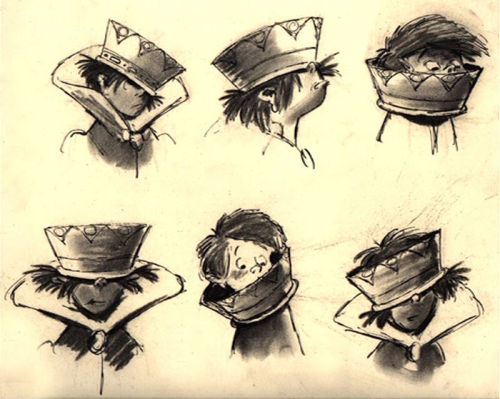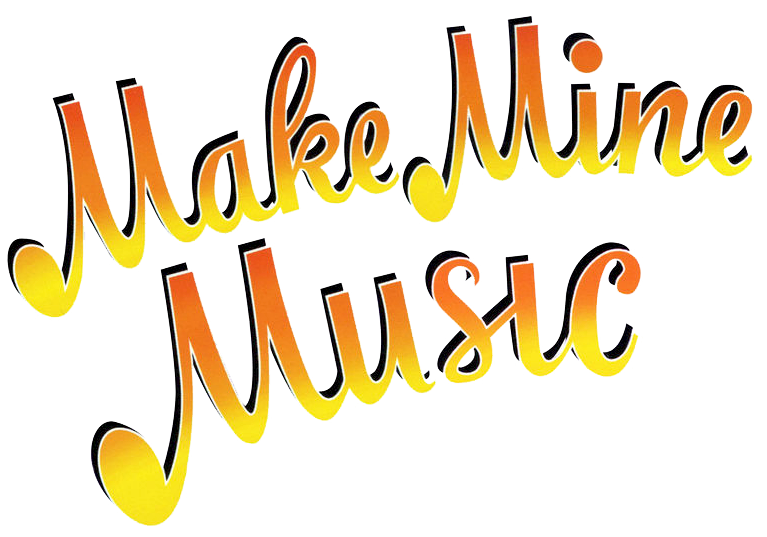Make Mine Music - 1940
Disney had envisioned Make Mine Music as a grand, bombastic affair with classic classical pieces playing behind revolutionary new animation. But the Sword in the Stone had proved expensive and the next film in the pipeline had also pushed the envelope in an enormous fashion. The animation budget had to be scaled down, and with it Walt Disney also brought down the musical bombast saying that "Mickey don't go well with Mozart." In the end Make Mine Music told classic fairy tales in unconnected segments with semi-famous music playing as a soundtrack. Disney shelved his grander plans for a later date.
Make Mine Music consisted of 4 segments:
Little Red Riding Hood
Goldilocks and the Three Bears
The Pied Piper
The Three Little Pigs
Make Mine Music doubted and promptly flopped. It failed to generate the interest of the previous films and lacked the story that had appealed well previously. It wasn't well received by critics, and made little money. But Walt Disney had already moved on to his next film, hardly ever mentioning his failed dream for Make Mine Music as a grand spectacle as the new film, based off of a classic book, hit theaters.

